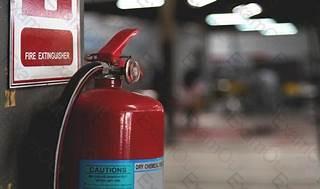The correct answer is B. After an emergency incident has occurred, a post-incident critique of the emergency preparedness procedure should be conducted covering the detection of the incident, implementation of incident command, andnotification, alerting and warning procedures. These are some of the key elements of an effective emergency response that need to be evaluated and improved after an incident.A post-incident critique is a systematic review of the actions and decisions taken during an emergency incident, with the aim of identifying lessons learned, best practices, gaps, and corrective actions1.A post-incident critique should involve all the relevant stakeholders, such as emergency responders, emergency managers, facility managers, and affected community members2.A post-incident critique should also follow a structured format, such as the one suggested by the Federal Emergency Management Agency (FEMA)3:
Introduction: The facilitator introduces the purpose, objectives, ground rules, and agenda of the critique session.
Incident Overview: The facilitator provides a brief summary of the incident, including the date, time, location, type, size, and impact of the incident.
Timeline Review: The facilitator leads a chronological review of the major events and actions that occurred during the incident, using a timeline or a log as a reference.
Strengths and Areas for Improvement: The facilitator solicits feedback from the participants on what went well and what needs to be improved, focusing on the following topics:
Detection of the incident: How was the incident detected and reported? How timely and accurate was the information? How effective were the communication systems and protocols?
Implementation of incident command: How was the incident command system established and maintained? How clear and appropriate were the roles and responsibilities of the incident commander and other staff? How well did the incident command coordinate with other agencies and organizations?
Notification, alerting and warning procedures: How were the internal and external stakeholders notified, alerted, and warned about the incident? How timely and accurate were the messages? How effective were the methods and channels of communication?
Other topics: Depending on the nature and scope of the incident, other topics may include resource management, operational tactics, safety and security, public information, recovery and restoration, etc.
Action Plan: The facilitator summarizes the main findings and recommendations from the critique session, and assigns responsibilities and deadlines for implementing the corrective actions.
Conclusion: The facilitator thanks the participants for their contributions, and provides information on how the results of the critique will be documented and shared.

 Fire extinguisher
Fire extinguisher